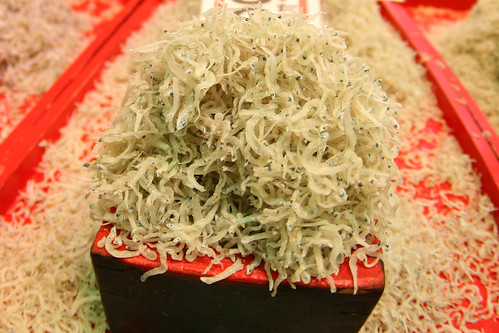For example, in a previous post I mentioned gathering chestnuts with the kids. This was at Takao Elementary, one of my favorite schools but also one that likes to deviate from English class the greatest (shame on you, Takao). One day I arrived and was informed that we were going to carve flutes out of bamboo. The week before last I made chestnut onigiri, and in the next class we literally separated grains of rice with chopsticks. You see, as I said before Nita rice is supposedly very famous and tasty. Takao area is sending some of its rice to the National Rice Tasting Competition in Fukushima Prefecture, which is quite a trip for our little rice. In preparation for this even we poured tablespoons of rice into petri dish type things and inspected it thoroughly- picking out any grains that were too green or brown or had any sort of imperfection. I can say with confidence that I am a chopstick maven when I can pick up tiny grains of rice only using these slippery utensils. Take that, Japan.
I digress. Anyway, at Fuse Elementary our Not English activity is the Macarena. At the end of the month there will be a cultural festival- there will be a person from China, Russia, and England (and America of course- represent!) coming to teach traditional culture from their country. The teacher asked if there were any special dances from America. Now, since I don't really know square or line dancing- and since even if I did I would not infect Japan with this knowledge- I said that I suppose the Electric Slide might be a fun dance. This drew a big blank from my teacher's face. So I said the Macarena was very popular in America (I remember in middle school dancing to that song with my friend Jenni after school until we collapsed in giggles and exhaustion) and his eyes lit up. "Yes yes, let's choose the Macarena!" he exclaimed. So yesterday's class was spent teaching the kids the Macarena.
A few weeks ago at Nita three periods were cancelled due to a road race. I walked in to school that morning not knowing that a race was going to be held- but it was a crisp beautiful autumn day and I asked if I could go grab my running shoes. They were very happy for me to run too (teachers here opt out of the race- I was the only one who volunteered) and so I got to participate. It was only 1.8 kilometers which is about 1.1 miles, but believe me, it hurt. The course featured two killer hills, and although I run a lot, I like to consider myself a turtle runner. I can run slowly for any length of time, but speed kills, man. That day I had to prove myself as a runner and therefore attempt to run quickly. I finished 40th out of over 120 girls so I was content, even though the rest of the day I could not breathe. Ah, running.
Last week at Ai Elementary there was an openhouse for all the parents. Each grade put on its own presentation and parents were encouraged to go around a look at all the cool exhibits. And they were actually very cool. I went around with a lady who lives nearby that I've met before, and she helped explain everything in simpler Japanese for me. There was an exhibit about different kinds of rice where we got to taste Rice Ice Cream (which actually tasted more like frozen rice pudding), there was a kanji quiz (I answered two questions right, hell yes), an car race track made out of cardboard and plastic bottle cars- you name it, they thought of it. My favorite exhibit was probably one that gave a thorough explanation of poop. In Japan poop is not as taboo as it is in America. It's just a normal and slightly funny bodily function. I am pretty sure a poop exhibit in a school in the states would not go over so well. Anyway the kids explained the difference between healthy poop and poop that meant that your body was sick. Afterwards we got to make some poop. They handed us some sweet potatoes in ziplock bags (one mother commented that if she ate the sweet potato she would make some poop for tomorrow- hilarious) and smashed it up. We then added water and brown paint and- voila! Healthy poop.
Today Kamedake Elementary was cancelled due to some similar school festival, and I was asked once again to film an episode of Attack English. The original name for my short series was Attack Natalie!, but I explained that in English that sounds kind of funny ( I don't want to encourage people to beat me up on the streets) so they chose


Attackレポート どげなかEnglish
which translates roughly to Attack Report English. The first two episodes were filmed at Nita Middle school during volleyball practice. They chose this setting because the students were already used to me- I am naturally a bit of a shock and they don't want to set me loose on an unsuspecting Japanese world. This time we went to


 Ai Grocery Store which is about two minutes from my house and therefore where I do a lot of my shopping. I do not like to be filmed, and I hate to see my face on television. But I know that this is a good opportunity and that the people around here get a kick out of it, so I comply. Anyway, now I can say I have my own TV show in Japan. Who else can say that?
Ai Grocery Store which is about two minutes from my house and therefore where I do a lot of my shopping. I do not like to be filmed, and I hate to see my face on television. But I know that this is a good opportunity and that the people around here get a kick out of it, so I comply. Anyway, now I can say I have my own TV show in Japan. Who else can say that?Today in Takao we are going to the Rice Center to send off our painstakingly accumulated creme de la creme Takao Rice. Afterwards I am going with the Superintendent to go apple picking.
Life out here sure is an interesting adventure.
















